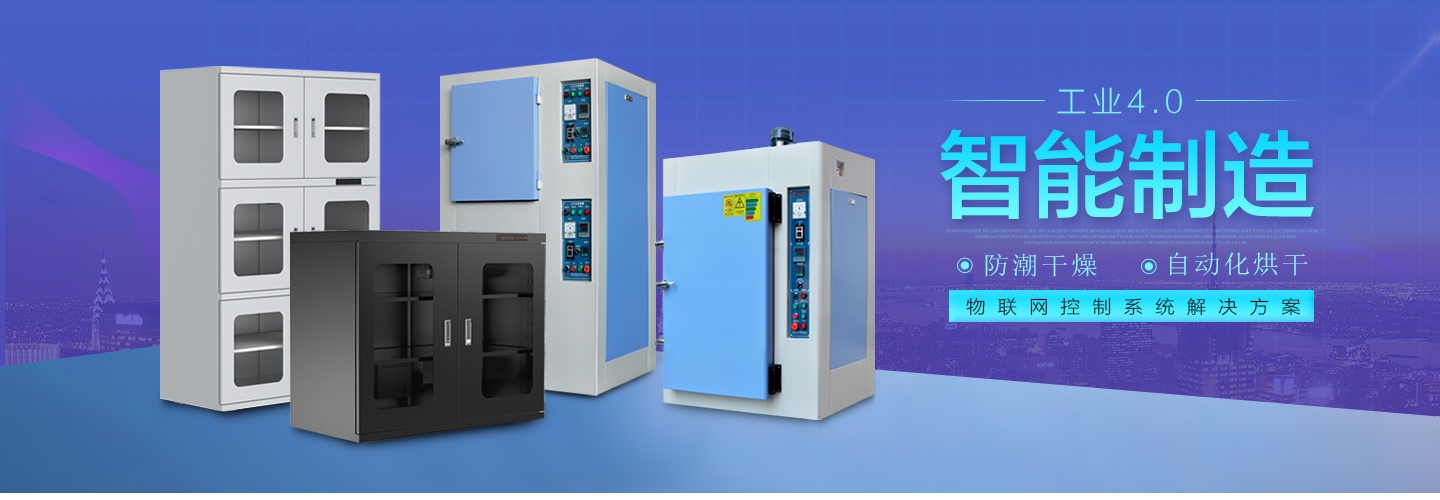becauseVacuum ovenDrying lowers the boiling point and can be used to dry heat-sensitive materials (including powders) to extract moisture with minimal loss of compounds other than water.
●The use of vacuum oven
●Vacuum furnace features
●oven work
●How a Vacuum Oven Works
A vacuum oven is an adaptable tool for laboratory engineering and mass production, etc. The low pressure environment also reduces oxidation during drying. Standard vacuum ovens can operate at temperatures as high as 80°C to 250°C. Vacuum The drying cabinet also has additional functions such as solvent recovery, or residual gas analysis to stop over-drying.
Samples are dried under gentle heating with little residue. Uses of vacuum ovens include moisture content determination, dry sterilization, solids decontamination and degassing, etc.
The drying chamber reduces the pressure on the material throughout the drying process; thus enabling drying at lower temperatures, a process more suitable for heat-sensitive products.
Many conditions and clinical laboratory requirements employ forced air and vacuum ovens for sample drying to remove moisture from the samples. Vacuum ovens remove moisture and lower the boiling point of water, allowing samples to dry at lower temperatures.
At the same time, it can also be used to dry fine particles, because these fine particles are easily dispersed under high airflow, and more natural airflow can be used to protect these fragile samples.
